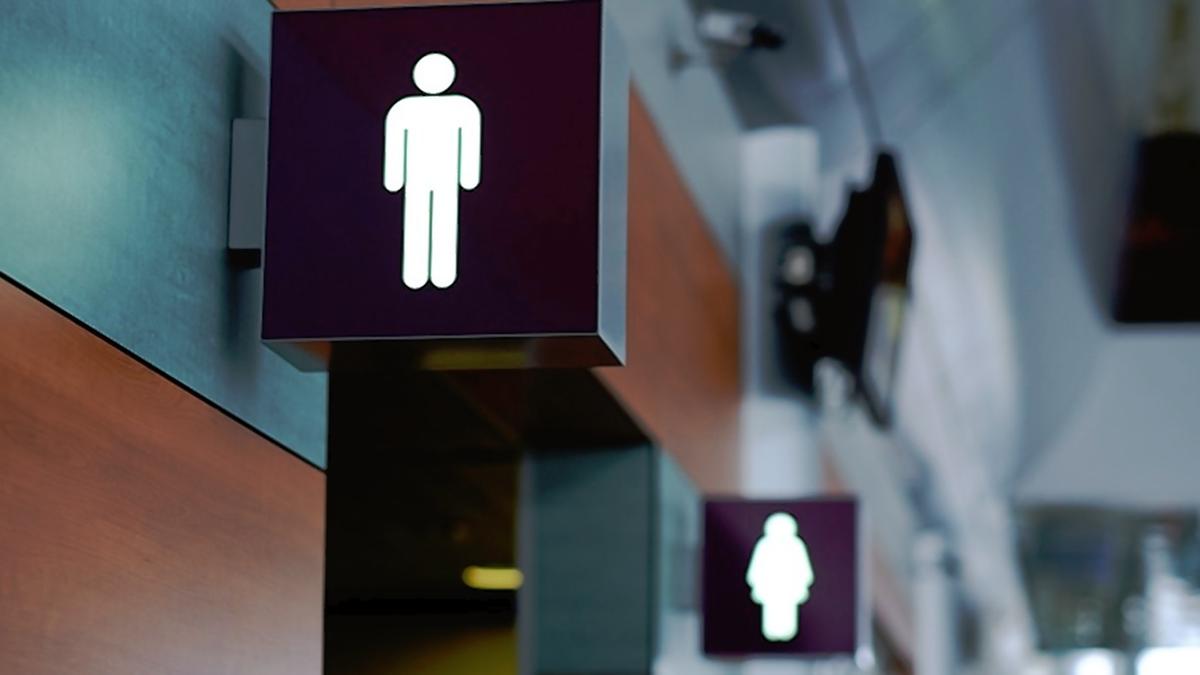Now Reading: Study Highlights Shortage and Safety Concerns in Kolkata’s Public Toilets for Women
-
01
Study Highlights Shortage and Safety Concerns in Kolkata’s Public Toilets for Women
Study Highlights Shortage and Safety Concerns in Kolkata’s Public Toilets for Women

Quick Summary
- report Findings: The report, “Status of Public Toilets for Women and trans Queer Persons in Kolkata,” revealed stark disparities in public toilet access across Kolkata’s 144 wards. At least 23 wards lack public toilets for women, wiht poorer areas disproportionately affected.
- Demographics: Survey included 7,616 respondents; participants include street vendors (43%), domestic workers (13.8%), retail salespersons (15.7%) and transpersons (38 individuals).
- Economic Impact: About 72.9% reported paying to use toilets, consuming up to 10% of their daily income; majority prefer free facilities.
- Safety Concerns: Over half of respondents feel unsafe using public toilets due to poor maintenance; e.g., broken locks reported by 38.1%.
- Hygiene Issues:
– Lack of soap and handwashing cited by 60.78%
– Lack of clean water noted by 51.25%.
– Facilities rated “dirty” or “very dirty” by about a third (30.9%) of respondents.
- Disparities in Infrastructure: Wealthier neighborhoods with higher car ownership have better amenities compared to poorer areas where marginalized communities like Muslims and Scheduled Castes reside.
- Critical Shortages at Key Transit Points: Howrah Station has only 19 women’s toilets; Sealdah Station has just 24 despite large footfall daily.
- Recommendations from Stakeholders:
– Build inclusive facilities with necessary amenities like sanitary napkin vending machines, safety provisions like well-lit spaces & secure locks doors managed by female gatekeepers.
Image Included:
!Women’s Toilet
Indian Opinion Analysis
The findings highlight critical gaps in the sanitation infrastructure that undermine basic needs for women and trans queer persons in Kolkata-impacting health, financial stability, safety, workforce participation, and overall dignity within urban settings. While private convenience is correlated with affluence-and thus systemic inequity-it becomes clear that limited availability especially harms low-income communities who can ill-afford ancillary costs like paid sanitation.
Beyond infrastructure inadequacy is a broader concern over policymaking alignment with all segments society which urban overlooked everyday-life One detriment population Howrah Sealdha workload indirect barriers root-level . Commitment Gender responsiveness municipal planning remains question Read more
























